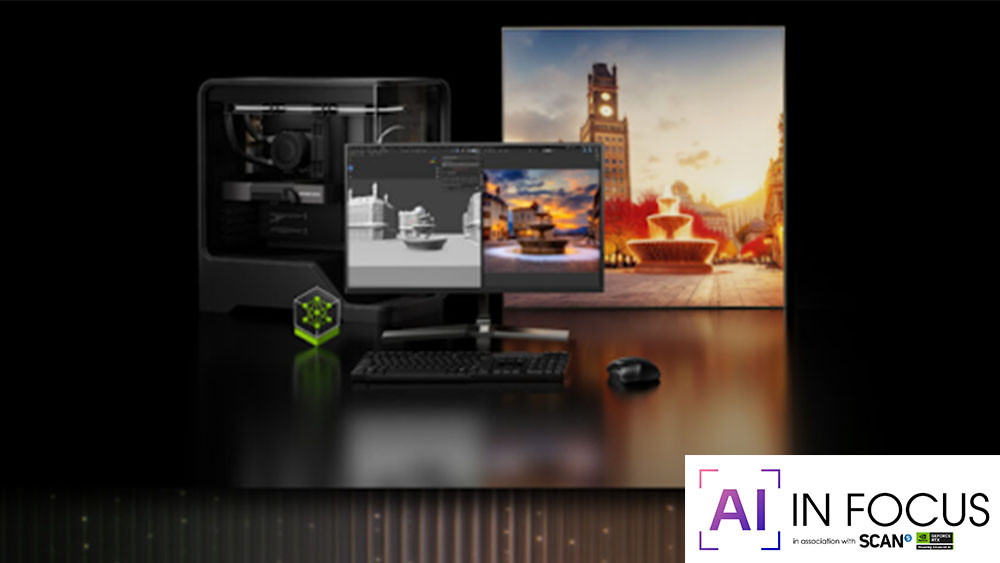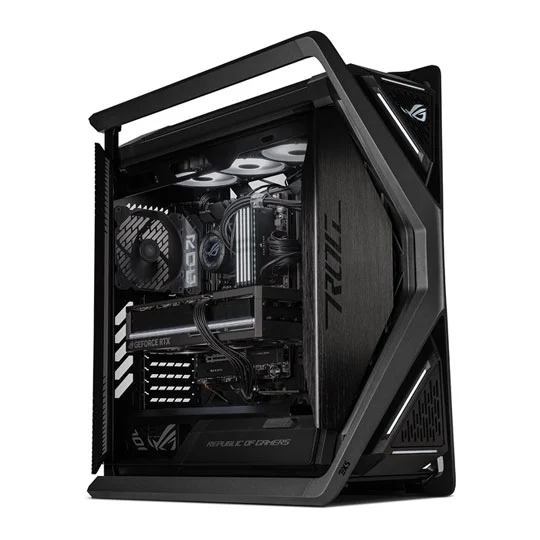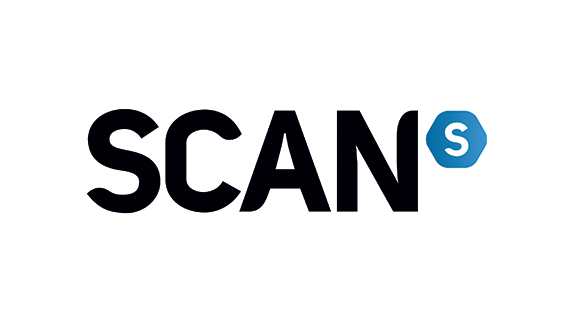
If you’re a digital artist or content creator, you’re surely familiar with generative AI by now. From image and video generators to editing tools in popular apps like Photoshop and DaVinci Resolve, AI-powered creative tools have accelerated workflows and opened new possibilities that were previously inconceivable.
The quality and efficiency of AI image generation have improved at a lightning pace, becoming more reliable and useful. But individual tools are just the beginning. Where AI will start to transform creative work is with what comes next: entire AI workflows that harness the power of multiple programs, transforming how we interact with our tools while providing more creative control.

To truly get the most of these NIMs and Blueprints, you'll need a system that can handle the workload. SCAN has a number of systems like this RTX 5080 rig that go far beyond the required spec, and plenty more that can be easily upgraded with more RAM to hit the mark.
So far, a weakness of many AI tools has been a lack of easy integration with other programs and a lack of precision. AI image generators on their own still don’t usually provide the level of control that would allow creatives to use them to their full potential. Prompt adherence has improved, and the ability to use style references has increased coherence, but getting granular enough to specify the exact composition of the image that you have in your mind using only text prompts involves a long, arduous process of trial and error with a lot of guesswork along the way.
Enter NVIDIA Inference Microservices (NIMs) and Blueprints. The explosion of generative AI tools was built on NVIDIA graphics cards, and the same company is driving the next step change.
NVIDIA Blueprints combine multiple tools in powerful, automatic but customisable pipelines for building everything from digital humans to replicas of real-world objects. Optimised for the latest Nvidia RTX-powered AI PCs and laptops available from SCAN, they allow more people to access cutting-edge AI deployment.
For image generation, Nvidia’s Blueprint for 3D-guided generative AI puts together Black Forest Labs’ popular image generation model FLUX.1-dev as an Nvidia NIM microservice with the intuitive node-based graphical user interface ComfyUI and the open-source 3D modelling software Blender. The result is a prebuilt workflow for transferring the visual composition that exists in your imagination to a 2D digital reality quickly and precisely.
Instead of using a text prompt alone, you use Blender to create a draft 3D layout for your composition, placing things like buildings, plants, vehicles, and other objects where you want them. These could be created by hand or by AI. The scene doesn’t need to have a lot of detail or polish because it's only going to provide the composition. The FLUX AI model will generate a 2D image that adheres to the 3D scene.
Since you created the layout in Blender, you then have the ability to make precise adjustments on the fly. With ComfyUI connected to the Blender viewport as a depth map, you can quickly make changes on how that depth map looks, adjusting the scene visually rather than by text. For example, you could simply change the camera angle or move an object to alter the output image.
This process reduces the guesswork involved in having to try multiple prompts to get somewhere near the composition you want and reduces the time it would take to provide reference images, so that a workflow that would take hours now takes minutes. This unlocks the possibility of fast iteration and real-time experimentation for concept art and storyboarding.
How to get started
The beauty of the Nvidia AI blueprint is that it includes everything you need to get started with an advanced image generation workflow: Blender, ComfyUI, the Blender plug-ins to connect them up, and the FLUX.1-dev NIM microservice and the ComfyUI nodes to run it. And it comes with an installer and detailed instructions and sample files, so you're not left trying to glean what you can from forums.
Performance is optimised for Nvidia GeForce RTX-powered AI PCs accelerated by TensorRT and FP4. You’ll want a device with an RTX 5090, RTX 5080, RTX 4090 or RTX 6000 Ada GPU and at least 48 GB of system RAM.
The pre-configured environment of AI Blueprints provides a foundation that makes precise AI image generation more manageable, allowing more creatives to use complex processes without needing a specialist background in AI or having to wait for consumer tech to catch up. You can find out more about Nvidia-powered hardware for creatives, video editors, graphics professionals, and 3D artists at: SCAN
Daily design news, reviews, how-tos and more, as picked by the editors.


